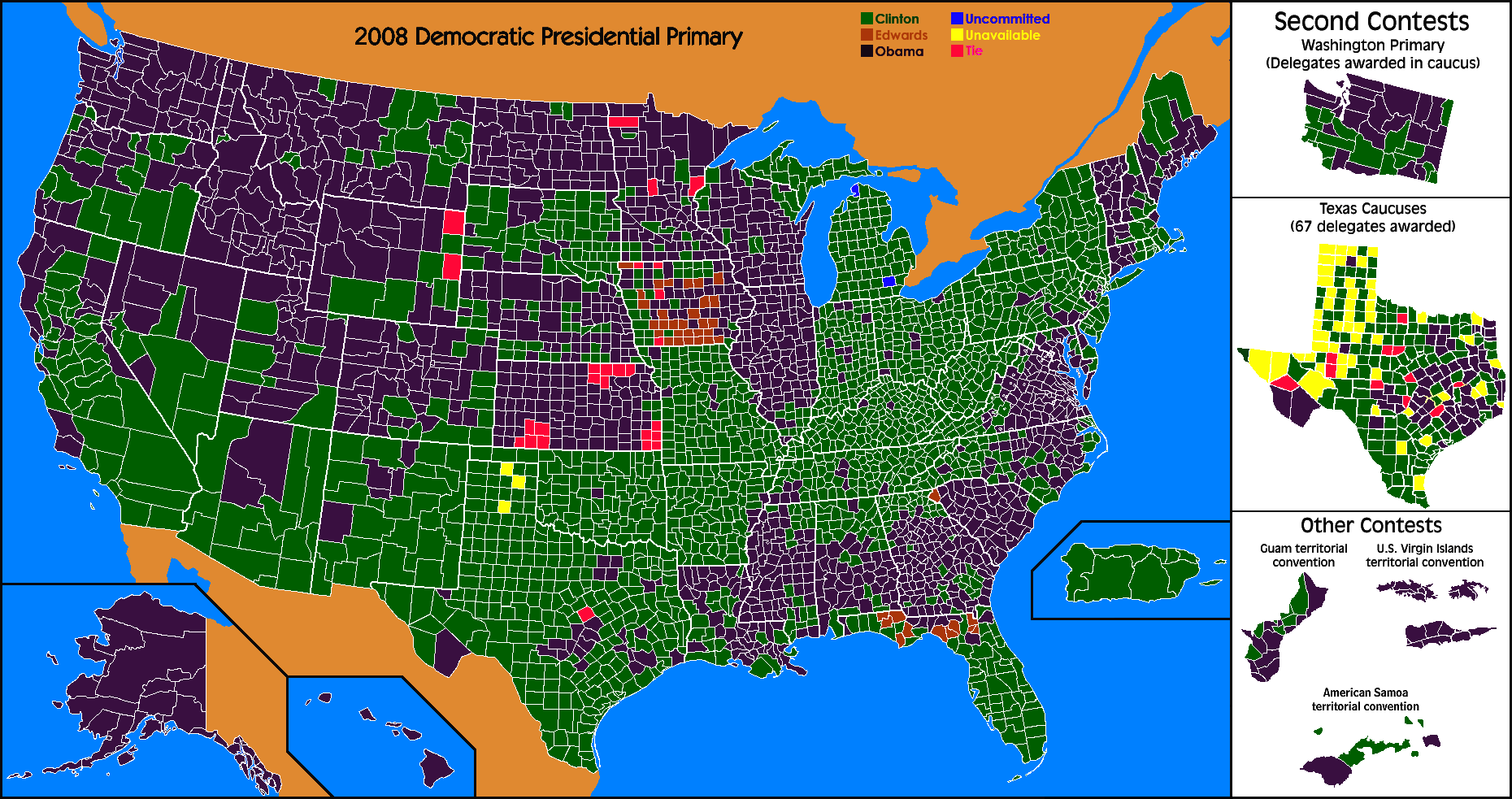The
Negro spiritual is a powerful and influential art form. Through their music and their words, spirituals transformed the tragedy of slavery into an enduring expression of faith, hope, and love.
Among the many beautiful songs within this tradition,
Amazing Grace stands out. And how:
Hat tip: Already Not Yet and Rick Ianniello.Wintley Phipps says he has God on his side, at his back, and in his soul. I am in absolutely no position to question any of that. I come solely to show that Reverend Phipps also has
music theory and cultural history in his favor.
Amazing Grace uses a
pentatonic scale. Properly spaced, five intervals within any octave are sufficient to generate an astonishing diversity of musical idioms, including Celtic, blues, and Negro spiritual. The belief that the pentatonic scale is the native tonality of children underlies
Orff Schulwerk, a method of music education perhaps best known for withholding keys from kids' xylophones.

It's easy to generate a pentatonic scale. You can climb the
circle of fifths on a piano. Starting at middle C, this trip yields the note sequence C G D A E. If you have a violin handy, the strings there give you the last four steps in that sequence: G D A E. Rearranging all five notes within a single octave gives you the pentatonic sequence, C D E G A.
Or you can subtract two from
seven and yield five. Remove the fourth and seventh scale degrees from the familiar "do-re-mi"
diatonic scale — or F and B — and you will reach the same C D E G A sequence.
Most simply, you can follow Reverend Phipps's advice and play just the black keys: G♭ A♭ B♭ D♭ E♭. How sweet the sound.
Finally, as for the cultural history of the Negro spiritual, I am pleased to leave the explanation to
The Spirituals Project, whose mission is "[t]o preserve and revitalize the music and teachings of the sacred songs called 'spirituals,' created and first sung by enslaved Africans in America in the 18th and 19th centuries":
Editor's note: This Spirituals Project video presents an excerpt from I Can Tell the World, a new documentary by Larry Bograd and Coleen Hubbard.





 It's easy to generate a pentatonic scale. You can climb the
It's easy to generate a pentatonic scale. You can climb the  Herewith the
Herewith the 











 A sea of hands shot in the air when . . .
A sea of hands shot in the air when . . . 

 Photo:
Photo:  The solutions are obvious and expensive.
The solutions are obvious and expensive. 





 Telecommunications mergers are at once a historical mirror and a harbinger of the legal future. Since the passage of the Telecommunications Act of 1996, no significant telecommunications merger has failed to receive regulatory approval in the United States.
Telecommunications mergers are at once a historical mirror and a harbinger of the legal future. Since the passage of the Telecommunications Act of 1996, no significant telecommunications merger has failed to receive regulatory approval in the United States.
 The disparity between rural America and the rest of the country is a matter of simple home economics. Nationwide, Americans are now spending about 4 percent of their take-home income on gasoline. By contrast, in some counties in the Mississippi Delta, that figure has surpassed 13 percent.
The disparity between rural America and the rest of the country is a matter of simple home economics. Nationwide, Americans are now spending about 4 percent of their take-home income on gasoline. By contrast, in some counties in the Mississippi Delta, that figure has surpassed 13 percent.


























